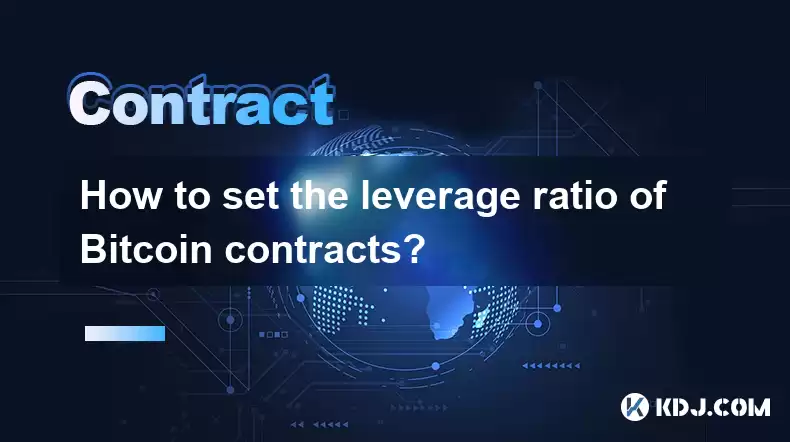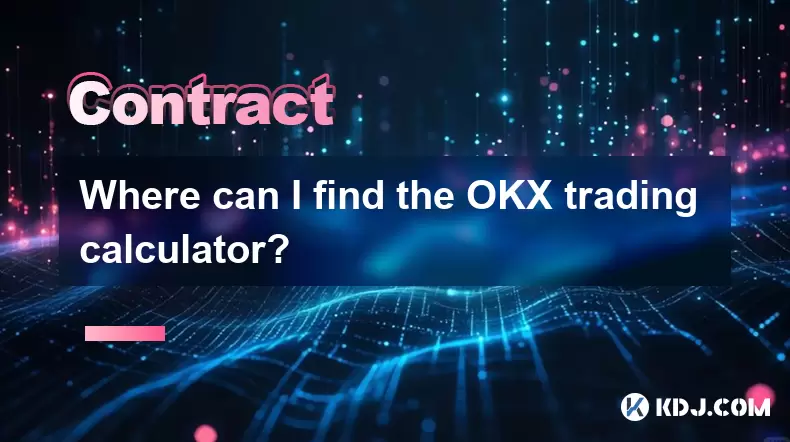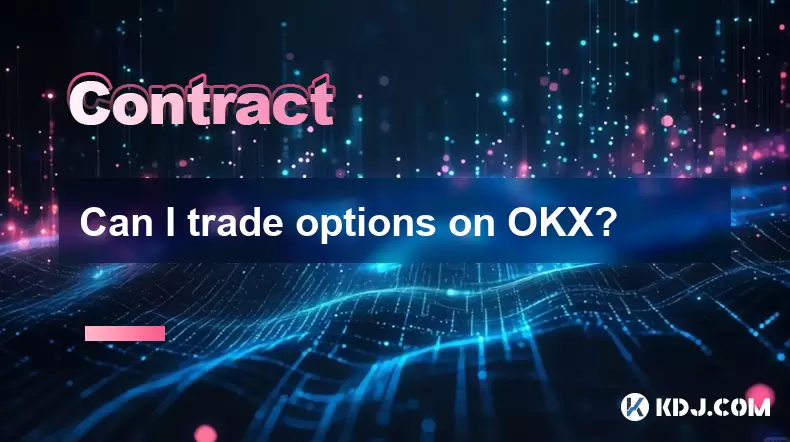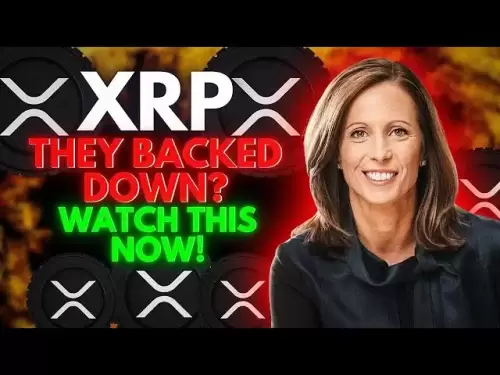-
 Bitcoin
Bitcoin $117500
2.15% -
 Ethereum
Ethereum $3911
6.19% -
 XRP
XRP $3.316
10.79% -
 Tether USDt
Tether USDt $1.000
0.01% -
 BNB
BNB $787.2
2.24% -
 Solana
Solana $175.2
4.15% -
 USDC
USDC $0.9999
0.00% -
 Dogecoin
Dogecoin $0.2225
8.40% -
 TRON
TRON $0.3383
0.28% -
 Cardano
Cardano $0.7868
6.02% -
 Stellar
Stellar $0.4382
9.34% -
 Hyperliquid
Hyperliquid $40.92
7.56% -
 Sui
Sui $3.764
7.63% -
 Chainlink
Chainlink $18.48
10.66% -
 Bitcoin Cash
Bitcoin Cash $582.1
1.88% -
 Hedera
Hedera $0.2601
6.30% -
 Avalanche
Avalanche $23.33
4.94% -
 Ethena USDe
Ethena USDe $1.001
0.02% -
 Litecoin
Litecoin $122.3
2.04% -
 UNUS SED LEO
UNUS SED LEO $8.969
-0.27% -
 Toncoin
Toncoin $3.339
0.86% -
 Shiba Inu
Shiba Inu $0.00001287
4.30% -
 Uniswap
Uniswap $10.43
7.38% -
 Polkadot
Polkadot $3.861
5.08% -
 Dai
Dai $1.000
0.02% -
 Bitget Token
Bitget Token $4.513
3.41% -
 Monero
Monero $267.7
-6.18% -
 Cronos
Cronos $0.1499
4.14% -
 Pepe
Pepe $0.00001110
5.15% -
 Aave
Aave $284.9
8.28%
How to set the leverage ratio of Bitcoin contracts?
Bitcoin contract leverage amplifies profits but also losses; choose a platform carefully, start with low leverage (e.g., 2x-5x), and utilize stop-loss orders to manage risk effectively.
Mar 21, 2025 at 11:49 pm

Key Points:
- Understanding Leverage and Risk in Bitcoin Contracts
- Choosing a Bitcoin Contract Trading Platform
- Setting Leverage on Different Platforms (Illustrative Examples)
- Managing Risk with Appropriate Leverage
- Factors influencing Leverage Selection
- Potential Pitfalls and Best Practices
How to Set the Leverage Ratio of Bitcoin Contracts?
Bitcoin contracts, also known as Bitcoin futures or perpetual contracts, allow traders to amplify their potential profits (and losses) through leverage. This article explains how to set the leverage ratio for these contracts. It's crucial to understand that high leverage significantly increases risk, potentially leading to substantial losses exceeding your initial investment.
Understanding Leverage and Risk in Bitcoin Contracts:
Leverage essentially lets you control a larger position in Bitcoin than your actual capital allows. For example, 10x leverage means you can control $10,000 worth of Bitcoin with only $1,000 of your own funds. While this magnifies gains, it equally magnifies losses. A small adverse price movement can quickly wipe out your trading capital. Thorough risk management is paramount.
Choosing a Bitcoin Contract Trading Platform:
Numerous cryptocurrency exchanges offer Bitcoin contracts. Popular choices include Binance, Bybit, FTX (Note: FTX is currently bankrupt and unavailable), and Deribit. Each platform has its own interface and leverage settings. Before choosing a platform, research its reputation, security measures, fees, and available leverage options. Consider factors such as user reviews and regulatory compliance.
Setting Leverage on Different Platforms (Illustrative Examples):
The process of setting leverage varies slightly across platforms, but generally involves these steps:
- Locate the Leverage Setting: This is usually found in the contract trading interface, often near the order placement area. It might be labeled as "Leverage," "Multiplier," or something similar.
- Select Your Desired Leverage: Most platforms offer a range of leverage options, from 1x (no leverage) to potentially 100x or more. Start with lower leverage until you gain experience.
- Confirm Your Selection: The platform will usually confirm your leverage selection before allowing you to place a trade. Double-check to ensure you have selected the correct level.
Binance Example: On Binance, you'll typically find the leverage selection tool within the order placement panel for your chosen Bitcoin contract. You'll select your preferred multiplier from a dropdown menu.
Bybit Example: Bybit's interface may present the leverage setting slightly differently, possibly as a numerical input field where you directly enter the desired leverage multiple. Always verify the setting before confirming your trade.
Managing Risk with Appropriate Leverage:
Never use maximum leverage unless you are a highly experienced trader with a deep understanding of risk management. Start with low leverage (e.g., 2x or 5x) to gain experience and understand market dynamics. Gradually increase leverage only as your confidence and understanding grow. Employ stop-loss orders to limit potential losses.
Factors Influencing Leverage Selection:
Several factors should influence your leverage choice:
- Market Volatility: Higher volatility necessitates lower leverage to mitigate risk.
- Trading Strategy: Scalpers might use higher leverage for short-term trades, while swing traders may prefer lower leverage for longer-term positions.
- Risk Tolerance: Your personal comfort level with risk should dictate your leverage selection.
Potential Pitfalls and Best Practices:
- Liquidation: Using excessive leverage increases the risk of liquidation, where the exchange closes your position due to significant losses. This can lead to the loss of your entire initial margin.
- Margin Calls: Before liquidation, you may receive a margin call, warning you that your position is approaching liquidation. Address this promptly by adding more margin or reducing your position size.
- Emotional Trading: Avoid emotional decision-making. Stick to your trading plan and risk management strategy.
Common Questions:
Q: What is the safest leverage level for Bitcoin contracts?
A: There's no universally "safe" leverage level. It depends on your experience, risk tolerance, and market conditions. Beginners should start with low leverage (1x to 5x) and gradually increase it as they gain experience.
Q: Can I change the leverage ratio during a trade?
A: This depends on the platform. Some platforms allow leverage adjustments during a trade, while others do not. Check your platform's specific rules and features.
Q: What happens if my Bitcoin contract position is liquidated?
A: Liquidation means the exchange automatically closes your position to prevent further losses. You will lose the funds used as margin.
Q: How do stop-loss orders work with leveraged Bitcoin contracts?
A: A stop-loss order automatically closes your position when the price reaches a predetermined level, limiting potential losses. This is crucial for risk management when using leverage.
Q: Are there fees associated with using leverage on Bitcoin contracts?
A: Yes, most platforms charge fees, including trading fees and potentially funding fees (for perpetual contracts). Review the fee structure of your chosen platform.
Q: What are perpetual contracts and how do they differ from futures contracts?
A: Perpetual contracts don't have an expiration date, unlike futures contracts. They aim to track the price of the underlying asset (Bitcoin) indefinitely. This difference impacts trading strategies and risk profiles.
Disclaimer:info@kdj.com
The information provided is not trading advice. kdj.com does not assume any responsibility for any investments made based on the information provided in this article. Cryptocurrencies are highly volatile and it is highly recommended that you invest with caution after thorough research!
If you believe that the content used on this website infringes your copyright, please contact us immediately (info@kdj.com) and we will delete it promptly.
- XRP ETF, Bitcoin ETF, and Japan: A New Era for Crypto Investing?
- 2025-08-08 14:30:12
- Crypto, Congress, and Bills: Navigating the Regulatory Landscape in 2025
- 2025-08-08 14:30:12
- Union Jack Oil, Unused Gas, and Bitcoin: A New York Minute on UK's Crypto-Energy Play
- 2025-08-08 14:50:12
- Bitcoin Price: Bullish Flag Points to $123K Breakout?
- 2025-08-08 14:50:12
- Crypto Group's WNBA Dildo Toss: Meme Coin Mania or Just Plain Dumb?
- 2025-08-08 14:55:13
- Stablecoins, Hong Kong, and On-Chain Finance: Navigating the Regulatory Maze
- 2025-08-08 12:30:12
Related knowledge

What is the distinction between mark price and last price on KuCoin?
Aug 08,2025 at 01:58pm
Understanding the Basics of Price in Cryptocurrency TradingIn cryptocurrency exchanges like KuCoin, two key price indicators frequently appear on trad...

What are the specific maker and taker fees on KuCoin Futures?
Aug 08,2025 at 08:28am
Understanding Maker and Taker Fees on KuCoin FuturesWhen trading on KuCoin Futures, users encounter two primary types of fees: maker fees and taker fe...

What is the maximum leverage available on KuCoin Futures?
Aug 08,2025 at 10:21am
Understanding Leverage in KuCoin Futures TradingLeverage in KuCoin Futures allows traders to control a larger position size using a smaller amount of ...

What is the minimum deposit for OKX contracts?
Aug 08,2025 at 07:00am
Understanding OKX Contract Trading BasicsOKX is one of the leading cryptocurrency derivatives exchanges, offering a wide range of perpetual and future...

Where can I find the OKX trading calculator?
Aug 08,2025 at 07:49am
Understanding the OKX Trading Calculator FunctionalityThe OKX trading calculator is a powerful analytical tool designed to assist traders in estimatin...

Can I trade options on OKX?
Aug 08,2025 at 11:01am
Understanding Options Trading on OKXYes, you can trade options on OKX. OKX is one of the leading cryptocurrency derivatives exchanges that offers a de...

What is the distinction between mark price and last price on KuCoin?
Aug 08,2025 at 01:58pm
Understanding the Basics of Price in Cryptocurrency TradingIn cryptocurrency exchanges like KuCoin, two key price indicators frequently appear on trad...

What are the specific maker and taker fees on KuCoin Futures?
Aug 08,2025 at 08:28am
Understanding Maker and Taker Fees on KuCoin FuturesWhen trading on KuCoin Futures, users encounter two primary types of fees: maker fees and taker fe...

What is the maximum leverage available on KuCoin Futures?
Aug 08,2025 at 10:21am
Understanding Leverage in KuCoin Futures TradingLeverage in KuCoin Futures allows traders to control a larger position size using a smaller amount of ...

What is the minimum deposit for OKX contracts?
Aug 08,2025 at 07:00am
Understanding OKX Contract Trading BasicsOKX is one of the leading cryptocurrency derivatives exchanges, offering a wide range of perpetual and future...

Where can I find the OKX trading calculator?
Aug 08,2025 at 07:49am
Understanding the OKX Trading Calculator FunctionalityThe OKX trading calculator is a powerful analytical tool designed to assist traders in estimatin...

Can I trade options on OKX?
Aug 08,2025 at 11:01am
Understanding Options Trading on OKXYes, you can trade options on OKX. OKX is one of the leading cryptocurrency derivatives exchanges that offers a de...
See all articles

























































































